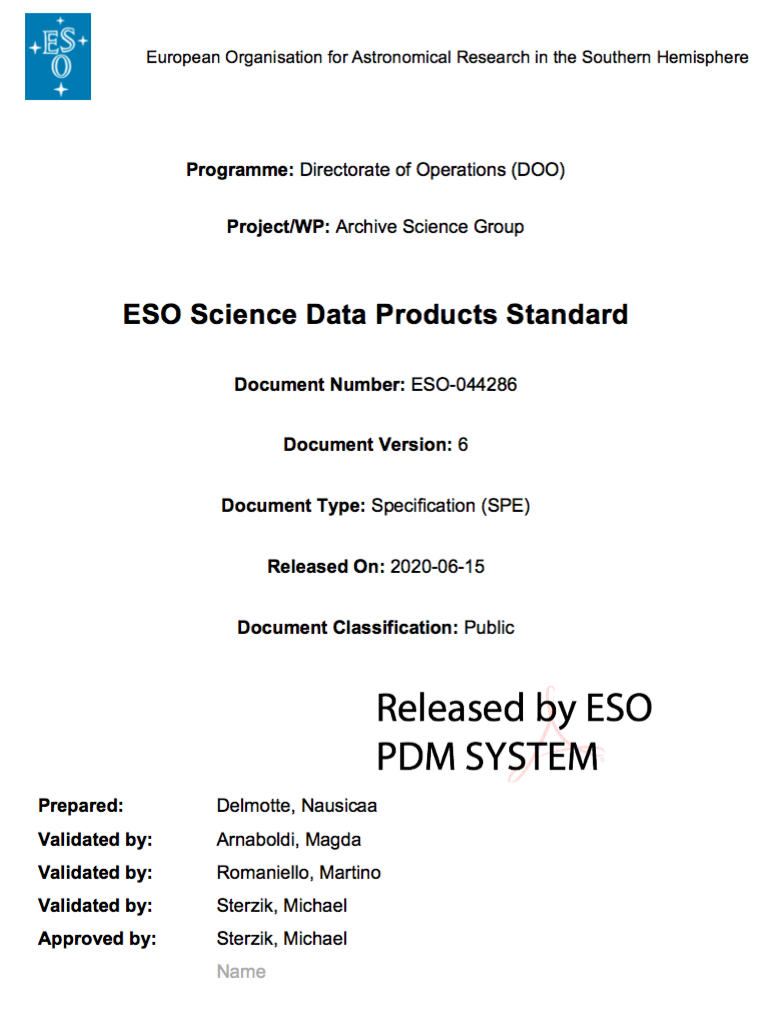News and Updates
First Data Release of the Fornax Deep Survey (FDS)
Published: 27 Aug 2020
Second data release of the Next Generation Transit Survey
Published: 20 Jul 2020
Release of pipeline processed and telluric corrected KMOS 3D data cubes
Published: 16 Jul 2020
ESO Science Data Products standard version 6 published
Published: 23 Jun 2020
VMC DR5.1: Incremental high level products released for the Vista Magellanic Cloud Survey (VMC)
Published: 18 Jun 2020
KiDS Data Release DR4.1
Published: 25 May 2020
ESO Archive Science Portal 2.0 released
Published: 23 Apr 2020
Newly released MATISSE commissioning data of NGC 1068
Published: 03 Apr 2020
First data release of the MUSE Analysis of Gas around Galaxies (MAGG)
Published: 18 Mar 2020
New data release (DR5) of the ESO Public Survey VISTA Hemisphere Survey
Published: 17 Mar 2020
« Previous
1
| 2
| 3
| 4
| 5
| 6
| 7
| 8
| 9
| 10
| 11
| 12
| 13
| 14
| 15
| 16
| 17
| 18
| 19
| 20
| 21
| 22
| 23
| 24
| 25
| 26
| 27
| 28
| 29
| 30
Next »
Showing 81 to 90 of 295 news


